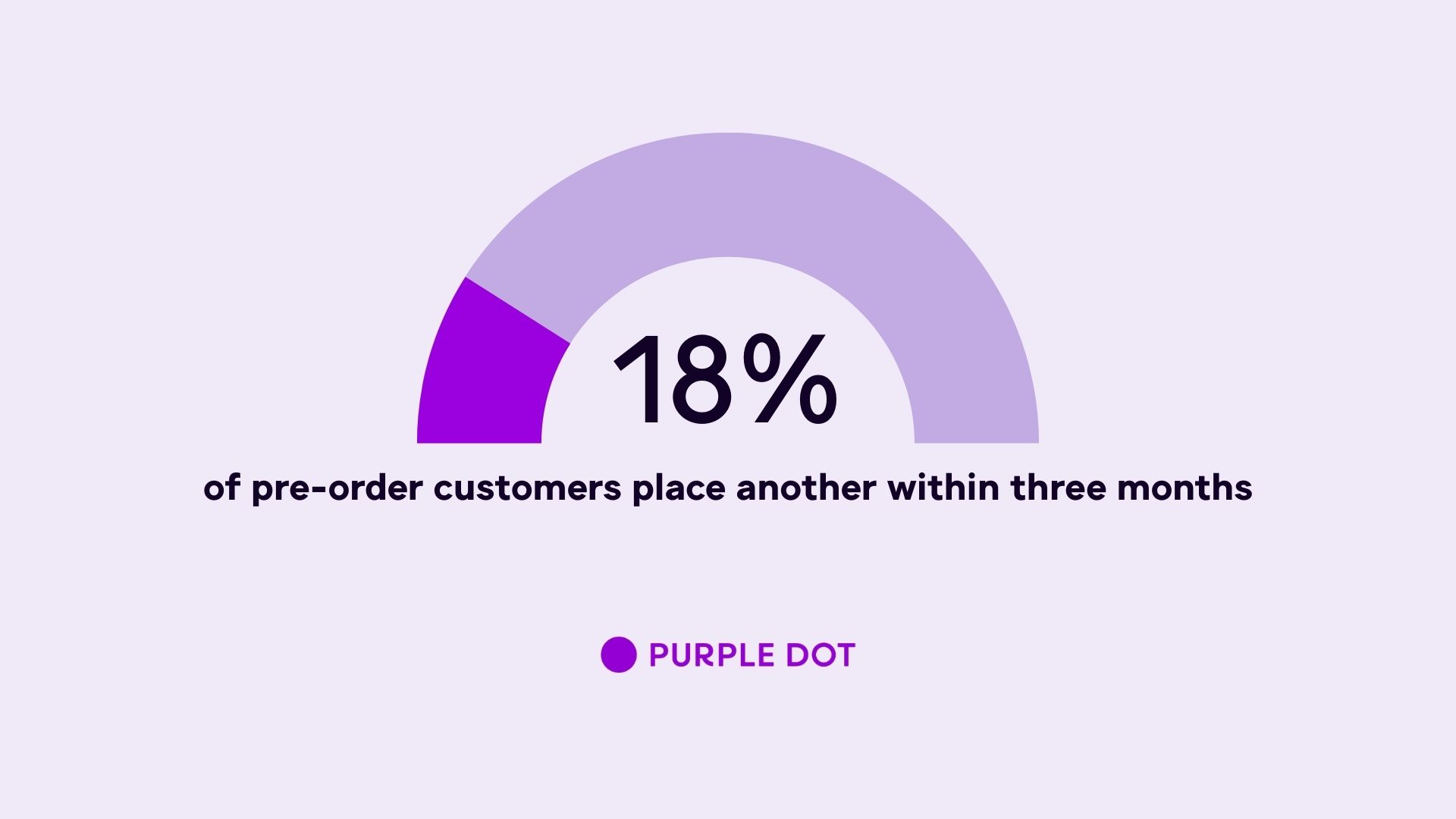How to Prevent Warehouse Chaos with Easy Pre-Order Operations

Customers’ orders come in. Your warehouse team gets right to work, ready to collect the items and pack them up. Except nobody can find the items. It quickly becomes a mad scramble, especially with the average eCommerce warehouse being roughly the size of a Costco. The orders keep coming in. Chaos ensues.
Meanwhile, the team figures out why they can’t find the stock: It hasn’t arrived at the warehouse yet.
This is an unfortunate reality for brands without easy pre-order operations. According to ECR Retail Loss research, up to 60% of retailers have inaccurate inventory records. The system might say something is in stock, but the shelves tell a different story.
When it comes to pre-orders, the most common issue we hear from brands is that warehouse management systems and third-party logistics companies aren’t compatible with pre-orders. Orders arrive at the warehouse without inventory. Alternatively, orders can arrive when only some of the inventory is there. Split orders can be just as much of a headache.
Operational efficiency is the linchpin of any eCommerce brand. Without it comes warehouse meltdowns: severe disruption of operations that result in significant losses.
These logistical nightmares aren’t uncommon, but they aren’t inevitable. Read on to learn about the consequences of warehouse chaos — and how Purple Dot’s easy pre-order operations prevent them.
How warehouse chaos cascades into a bad customer experience
When brands don’t have easy pre-order operations, the scenario we described above may play out. What happens next? In the best case scenario, fulfillment is ultimately blocked as orders continue to roll in. Their “pending” status clogs up your WMS dashboards. Your team has to process the exceptions.
Worst case scenario, your warehouse team is half-packing tons of orders. They write “Waiting for XYZ item” on Post-it notes and stick them to boxes.
Eventually, the inventory arrives. By then, there’s a massive backlog. Already behind, the warehouse team rushes to get items from pallets to packing stations. The level of warehouse chaos depends on which scenario ended up playing out. No matter what, the mad dash increases the margin of error.
.jpg)
Customers are more likely to receive the wrong item. Orders are also more likely to miss the pick-up window from UPS or FedEx. The support team gets overwhelmed as unhappy customers start calling and emailing to ask, “Where is my pre-order?!”
Then the real fallout begins.
Consequences include financial losses and reputational damage. In 1996, Adidas implemented a new distribution system in a South Carolina warehouse. However, the system wasn’t compatible with their vendors’ software. The warehouse descended into such chaos that among $50 million worth of orders, only 20% were fulfilled. Adjusted for inflation, that’s nearly $80 million of today’s dollars in losses. Adidas’ warehouse challenges made the cover of Information Week with one word on the cover: “Meltdown.”
Worse than reputational damage is the negative customer experience. Late deliveries mean unhappy customers and more returns in the immediate future. Down they line, they also increase churn. One bad experience is all it takes to lose 24% of customers for good, according to customer engagement platform Emplefi.
How Purple Dot enables easy pre-order operations (and prevents warehouse chaos)
With easy pre-order operations, Purple Dot ensures that every order that arrives at the warehouse is ready for you to ship.
Our pre-commerce platform integration is compatible with all major downstream warehouse management systems and third-party logistics companies. As a result, we’re able to hold orders outside the warehouse management and logistics systems until stock arrives.
We automate when to take pre-orders and when to send them downstream. This prevents items from being prematurely visible to fulfillment teams. Both shoppers and brands can decide whether to group or split items. If they decide to split orders, we ensure they don’t arrive at the warehouse until every item is ready to be shipped.
While we handle pre-order operations, you can avoid confusion and inefficiency, and keep on selling.
Oh Polly used to run their own pre-orders, but rarely. Because operations were manual and time-consuming, pre-orders were a last resort: mitigating the impact of a delayed shipment, for example.

Then Oh Polly started working with Purple Dot. Warehouse operations became much smoother, which allowed Oh Polly to stop using pre-orders as a bandage. Instead, they became a core, strategic part of the business. Over one year, Oh Polly’s pre-order GMV increased by 72%.
Getting the full value of easy pre-order operations
“The full value of pre-orders” doesn’t just mean easy pre-order operations. It’s what comes next.
When your warehouse is running smoothly, you can spend less time placating customers and more time providing them with a great experience. Oh Polly customers are no longer impacted by delays or stockouts, driving the brand’s massive year-over-year growth.
The more streamlined your pre-orders operations are, the better experience your customers will have.
The warehouse team doesn’t have to run all over the warehouse searching for items that ultimately aren’t there. Fulfillment isn’t blocked. Customers promptly receive their pre-orders so there’s no need to call the support team. This all trickles down to better customer satisfaction and trust.

Purple Dot data shows that 18% of pre-order customers place another one within three months. These satisfied customers shopped with a hodgepodge of brands across fashion, gaming, shoes, toys, beauty, and more.
One thing all those brands have in common: Easy pre-order operations.
Want to avoid warehouse chaos? We'd love to help. Get in touch at hello@getpurpledot.com.
More insights

Ditch Your DIY Pre-Order Setup: How Purple Dot Makes Setting Up and Managing Your Pre-Order Process Simple and Scalable

